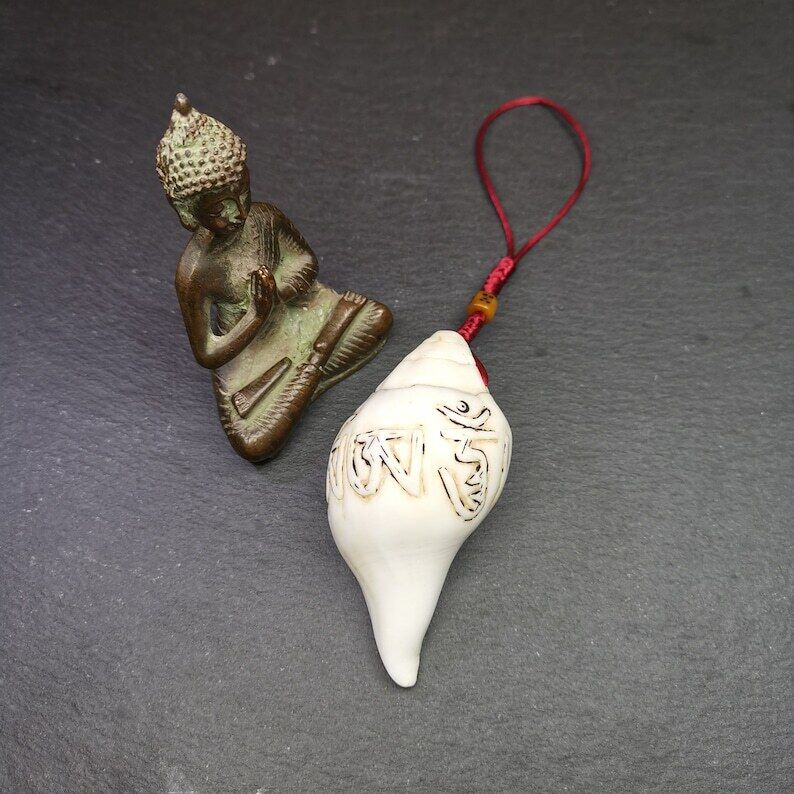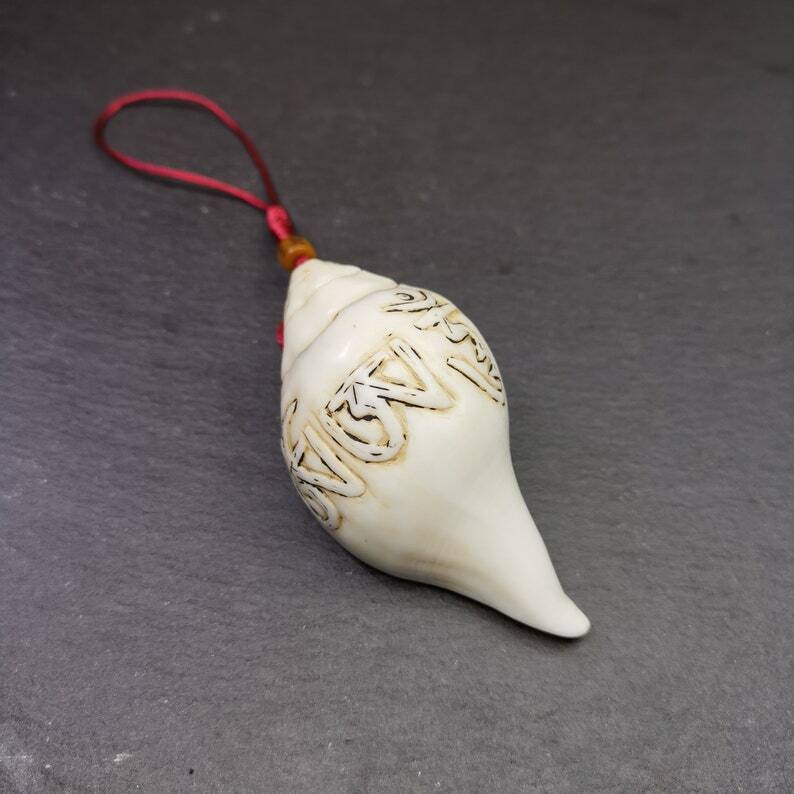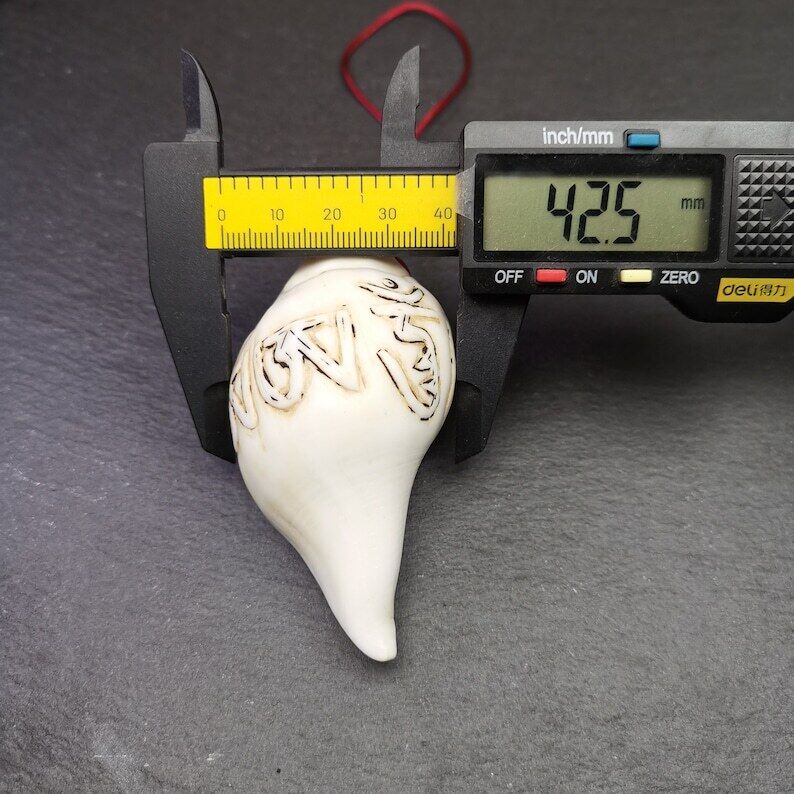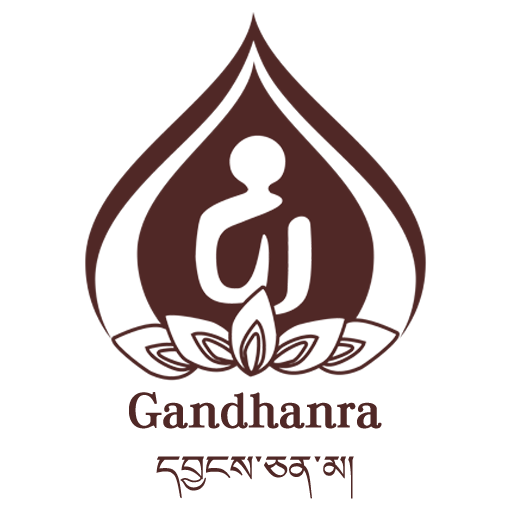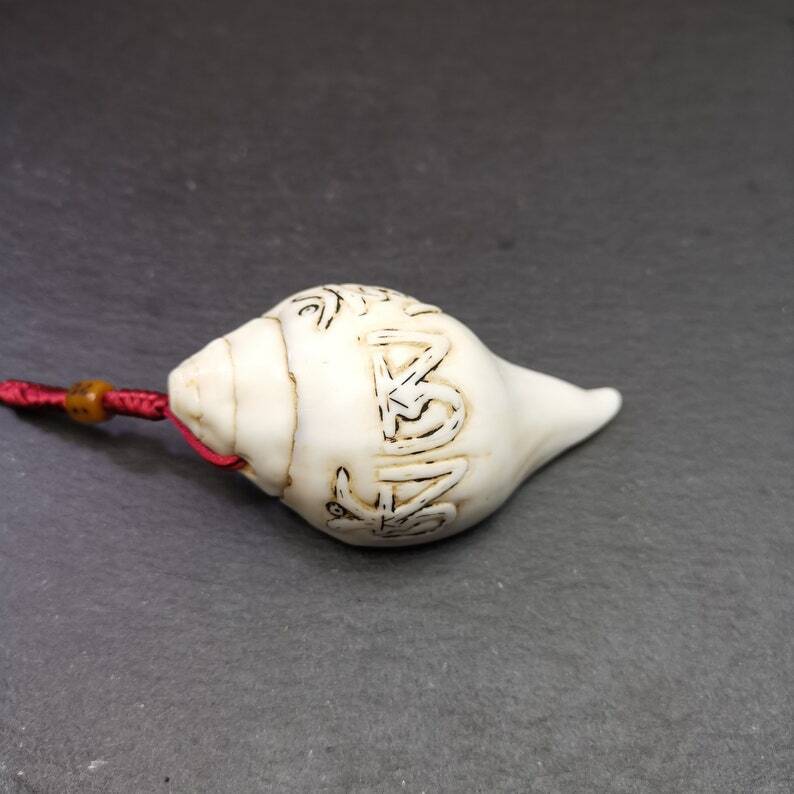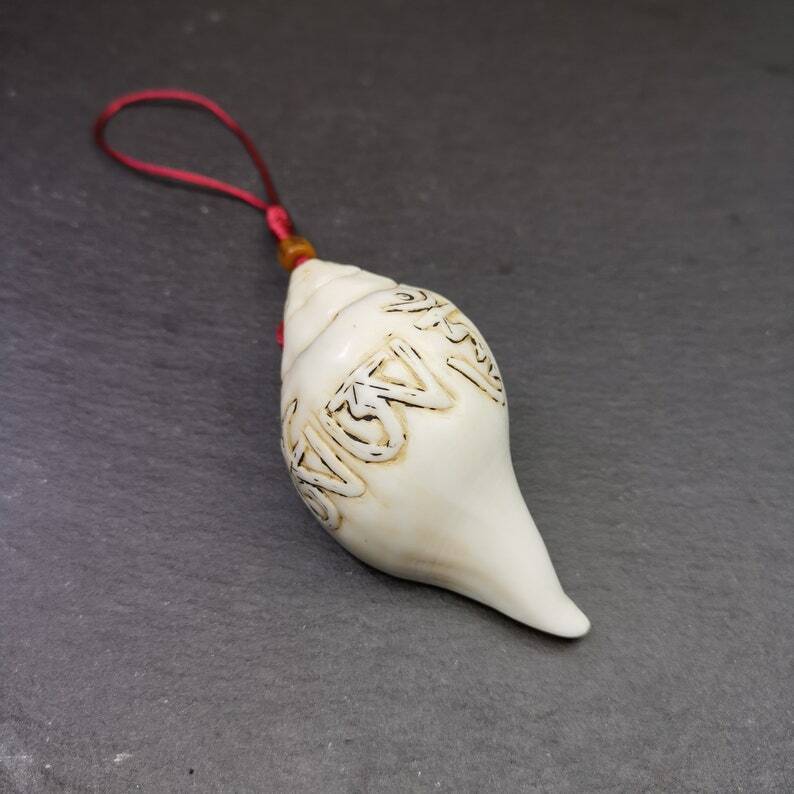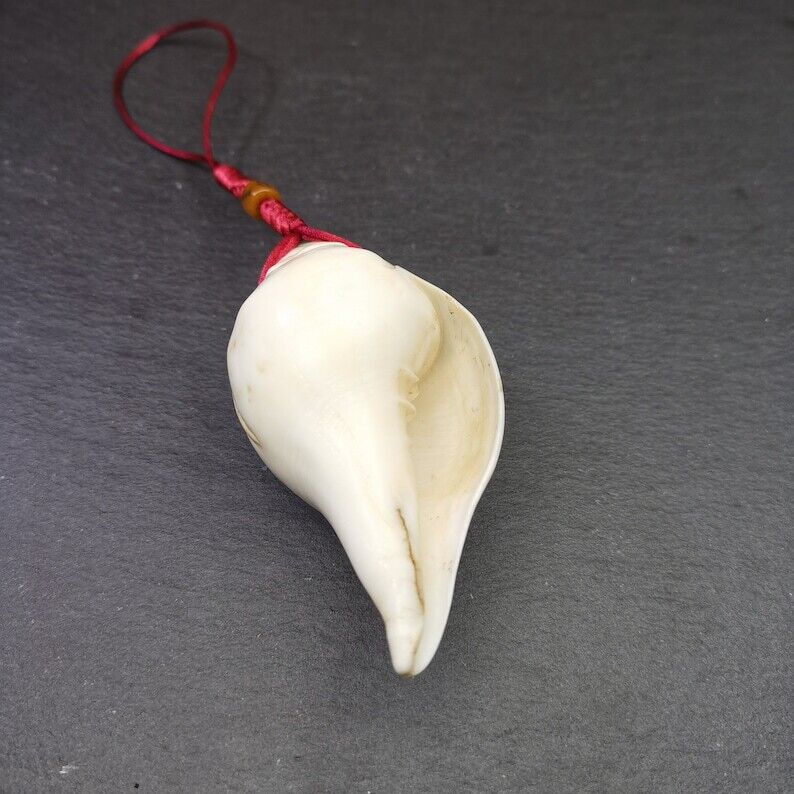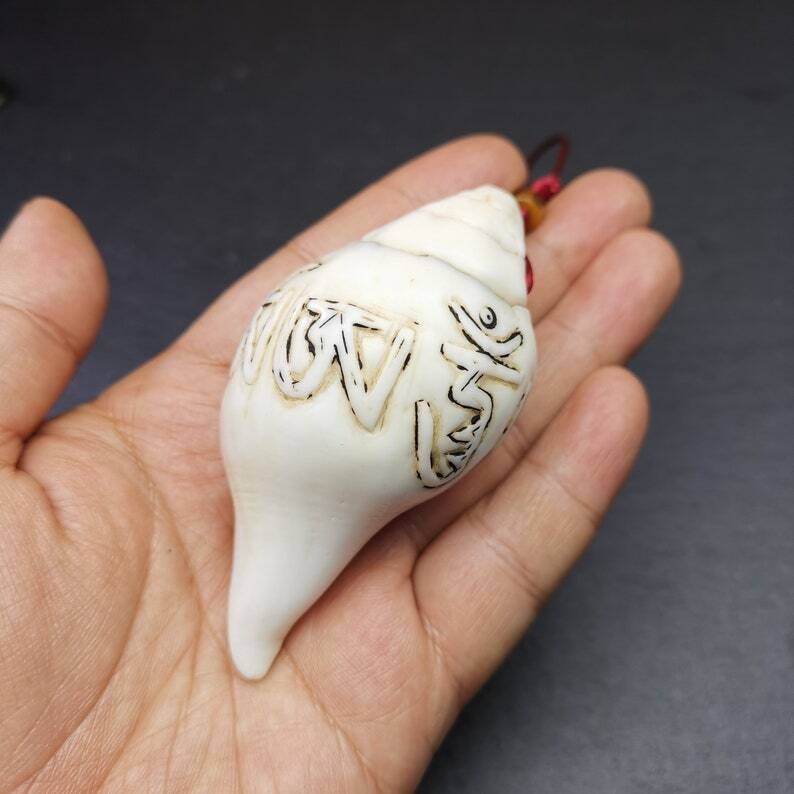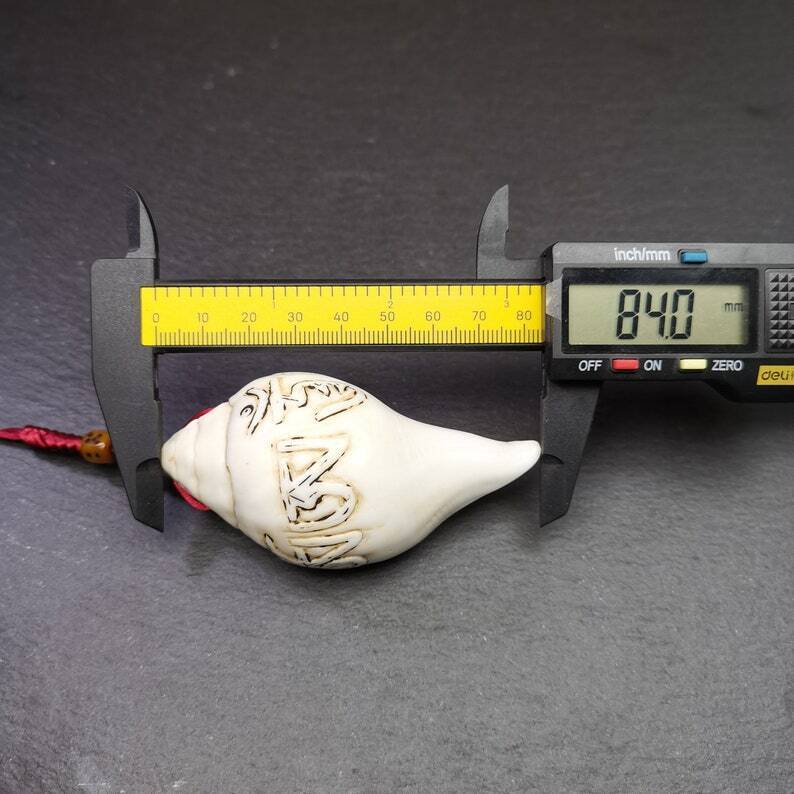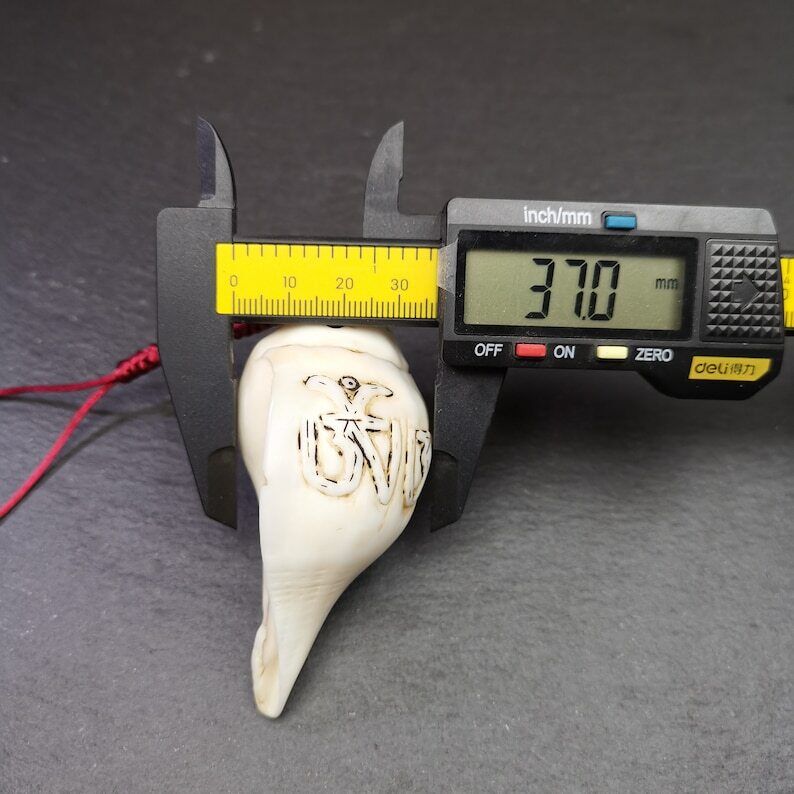White Conch Shankha 3.31"×1.69"
White Conch Shankha 3.31"×1.69"
Impossibile caricare la disponibilità di ritiro
This conch ritual was hand carved by Tibetan craftsmen,collected from Gerze Tibet,about 20 years old.
It's made of conch, entirely hand-carved with tibetan letters Om.
❤DETAILS
Material:conch
Color:white
Size
Length 84mm / 3.31 inches
Width 43mm / 1.69 inches
You'll get 1 * shankha as pictures shown.
❤ABOUT Shankha
A Shankha (conch shell) has religious ritual importance in Hinduism.
In Buddhism, the conch shell has been incorporated as one of the eight auspicious symbols, also called Ashtamangala. The right-turning white conch shell (Tibetan: དུང་གྱས་འཁྱིལ, Wylie: dung gyas 'khyil), represents the elegant, deep, melodious, interpenetrating and pervasive sound of Buddhism, which awakens disciples from the deep slumber of ignorance and urges them to accomplish their own welfare and the welfare of others.
In Hindu mythology, the shankha is a sacred emblem of The Hindu preserver god Vishnu. It is still used as a trumpet in Hindu ritual, and in the past was used as a war trumpet. The shankha is praised in Hindu scriptures as a giver of fame, longevity and prosperity, the cleanser of sin and the abode of goddess Lakshmi, who is the goddess of wealth and consort of Vishnu.
The shankha is displayed in Hindu art in association with Vishnu. As a symbol of water, it is associated with female fertility and serpents (Nāgas). The shankha is the state emblem of the Indian state of Kerala and was also the national emblems of the Indian princely state of Travancore, and the Kingdom of Cochin.
The shankha is one of the eight auspicious symbols of Buddhism, the Ashtamangala, and represents the pervasive sound of Buddhism.
A powder made from the shell material is used in ayurveda as a treatment for stomach ailments.
In the Western world,the shell of this species is known as the "divine conch" or the "sacred chank". It may also be simply called a "chank" or conch. The more common form of this shell is known as "right-turning" in a religious context, although scientists would call it "dextral". A very rarely encountered form has reverse coiling which is called "left-turning" in a religious context, but is known as "sinistral" or left-coiling in a scientific context.
